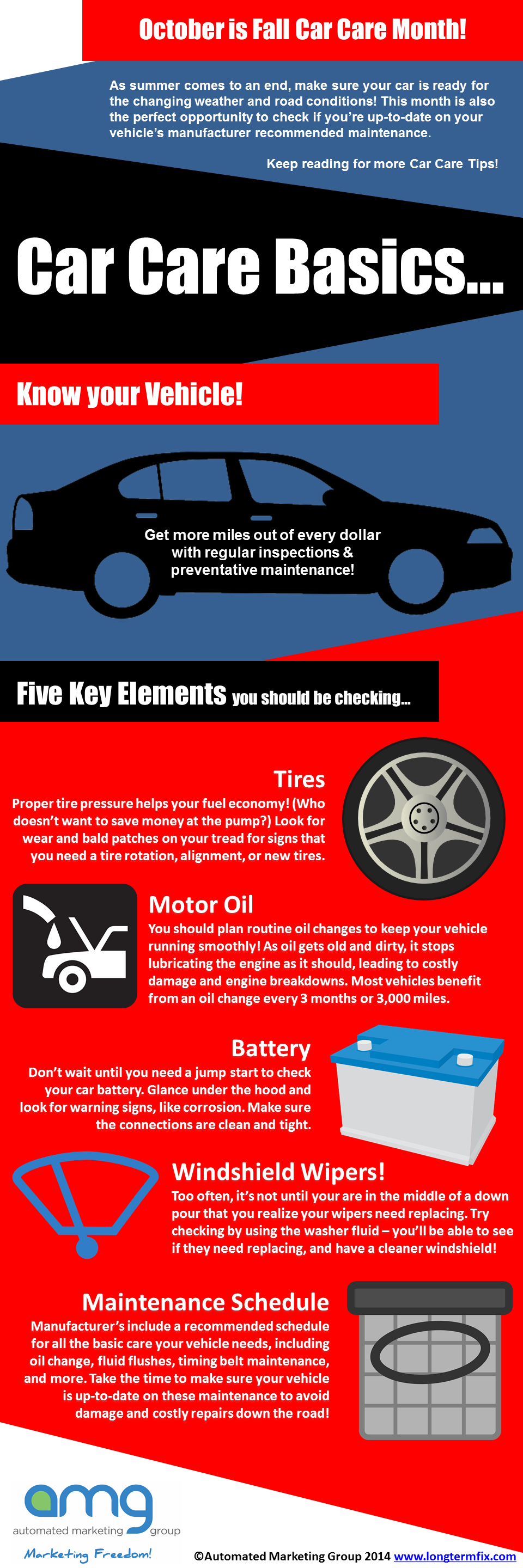Wondering Regarding The Definition Behind Those Dashboard Caution Lights? Gain Understandings Right Into Their Implications For Your Vehicle'S Safety And Security And Upkeep
Wondering Regarding The Definition Behind Those Dashboard Caution Lights? Gain Understandings Right Into Their Implications For Your Vehicle'S Safety And Security And Upkeep
Blog Article
Post Developed By- car cleaning services auckland
When you lag the wheel, those glowing caution lights on your dashboard can be a little bit difficult. Do you know what they're trying to inform you regarding your car's health and wellness? Understanding the significance of these lights is crucial for your safety and the long life of your car. So, the next time among those lights pops up, wouldn't you want to decode its message precisely and take the necessary steps to address it?
Common Warning Lights and Interpretations
Identify common warning lights in your automobile and recognize their significances to make certain secure driving.
The most common caution lights include the check engine light, which indicates concerns with the engine or exhausts system. If this light comes on, it's crucial to have your automobile inspected quickly.
The oil stress warning light indicates low oil pressure, calling for prompt interest to avoid engine damage.
A blinking battery light may recommend a defective charging system, potentially leaving you stranded otherwise resolved.
The tire stress surveillance system (TPMS) light alerts you to low tire stress, affecting automobile stability and fuel performance. Ignoring https://motor-vehicle-chassis07394.dbblog.net/3539122/are-you-seeking-to-find-premium-car-repair-work-facilities-nearby might cause risky driving conditions.
The abdominal light indicates a problem with the anti-lock stopping system, compromising your ability to stop swiftly in emergencies.
Lastly, the coolant temperature level cautioning light warns of engine overheating, which can cause extreme damage if not resolved promptly.
Comprehending these usual warning lights will certainly assist you deal with concerns immediately and preserve safe driving problems.
Value of Prompt Focus
Understanding the usual caution lights in your car is only the first step; the importance of immediately resolving these warnings can not be stressed sufficient to ensure your security when traveling.
When a warning light illuminates on your dashboard, it's your auto's way of communicating a potential issue that needs interest. Disregarding these cautions can bring about extra severe troubles down the road, endangering your security and potentially costing you more out of commission.
Trigger focus to cautioning lights can avoid malfunctions and mishaps. For instance, a blinking check engine light could indicate a misfire that, if left unattended, can create damages to the catalytic converter. Addressing this quickly can save you from a pricey repair work.
Likewise, a brake system warning light could indicate low brake fluid or used brake pads, crucial parts for your safety and security when driving.
DIY Troubleshooting Tips
If you discover a warning light on your control panel, there are a couple of do it yourself fixing ideas you can try prior to looking for specialist help.
The initial step is to consult your cars and truck's handbook to recognize what the particular caution light suggests. In https://www.kbb.com/car-news/jeep-stops-selling-2022-grand-cherokee-while-it-works-on-electronic-glitch/ can be as simple as a loosened gas cap causing the check engine light. Tightening the gas cap may resolve the issue.
Another usual issue is a low battery, which can trigger various warning lights. Checking the battery links for corrosion and guaranteeing they're safe and secure may deal with the problem.
If a caution light lingers, you can attempt resetting it by disconnecting the auto's battery for a few mins and afterwards reconnecting it. Additionally, checking your car's liquid levels, such as oil, coolant, and brake fluid, can assist troubleshoot advising lights connected to these systems.
Conclusion
In conclusion, understanding your cars and truck's caution lights is vital for maintaining your vehicle running efficiently and safely. By promptly addressing these informs and knowing what they indicate, you can stay clear of expensive fixings and prospective breakdowns.
Remember to consult your vehicle's guidebook for specific information on each alerting light and take action accordingly to ensure a hassle-free driving experience.
Keep educated, stay risk-free when traveling!
